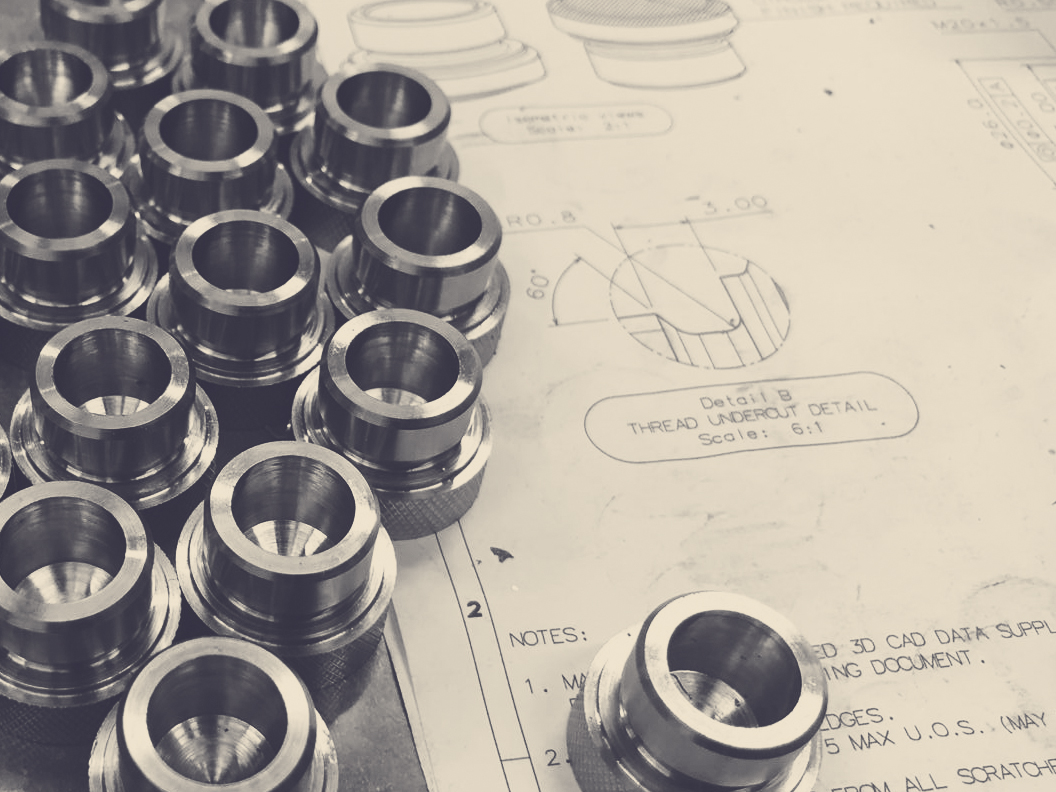Search results for 'gillott'
100 results found
Vol. 2, Issue 48 – November / December 2013 Lightweight News
Gillott, A S - The Post-War Years Builders
Vol. 2, Issue 56 - March / April 2015 Lightweight News
Gillott, A S - The final years Builders
Vol. 2, Issue 78 - November / December 2018 Lightweight News
Gillott, A S Builders
Gillott, A S - Lugs and frames Builders
Vol. 2, Issue 7 - Jan / Feb 2007 Lightweight News
Vol. 2, Issue 54 - November / December 2014 Lightweight News
Do you have a story of your own to add?
Get in touchUpcoming Events
Whether you are looking for a gentle social meet up, or a 100-mile ride browse the community’s upcoming events and plan your next weekend outing.
